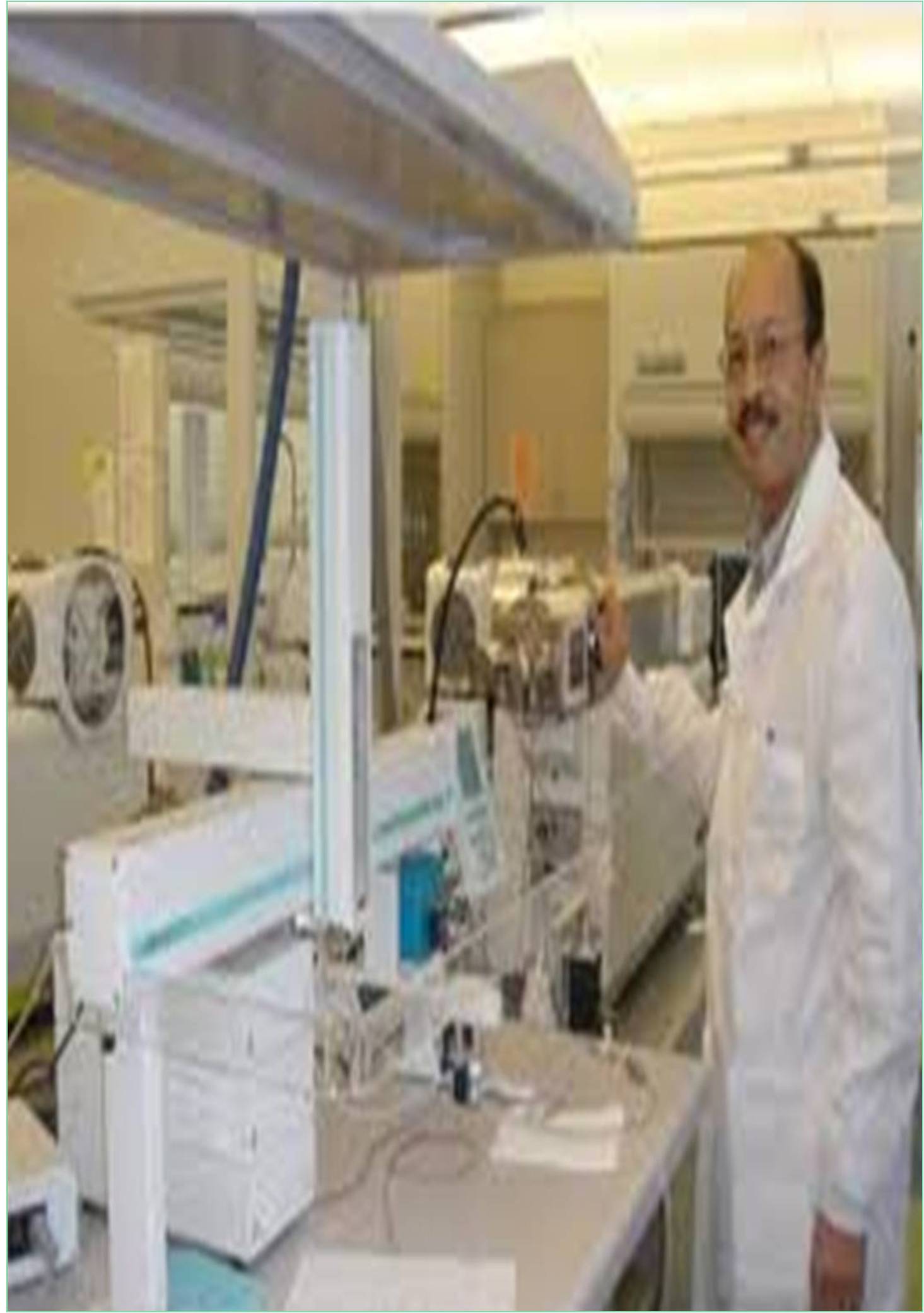



Received: 10-Aug-2022, Manuscript No. IJCB-22-74200; Editor assigned: 15-Aug-2022, Pre QC No. IJCB-22-74200 (PQ); Reviewed: 01-Sep-2022, QC No. IJCB-22-74200; Revised: 08-Sep-2022, Manuscript No. IJCB-22-74200 (R); Published: 16-Sep-2022, DOI: 10.15651/IJCB.22.7.028
Oxygen is certainly a critical factor but it is still not possible to make precise recommendations as to the amount or the duration of therapy that is safe. In the past, it has overemphasized the importance of oxygen, which has led to the misconception that Right Lateral Flexion (RLF) is a sickness that can be prevented (Tong, 2015). Numerous unfounded malpractice claims have been made as a result of this extreme spacing a complex disease with multiple causes. A study of the present epidemic indicates that excessive oxygen administration probably plays a minor role; in contrast to the first epidemic in which prolonged oxygen administration was clearly a major factor.
The developing retina is thought to be extremely sensitive to any change in oxygenation, whether it be hyperoxemic or hypoxemic. The retinal circulation is subject to the same wide fluctuations as the cerebral circulation in newborn infants. The very low-birth-weight, sick premature infant suffers from a number of conditions, many of which can seriously disturb the retinal circulation, resulting in hypo perfusion and ischemia (Montero, 2011). An infant may have any of the following conditions: immaturity, hyperoxia, hypoxia, blood transfusions, intraventricular haemorrhage, apnea, infection, prostaglandin synthetase inhibitors, vitamin E deficiency, lactic acidosis, and prenatal complications. They could interact to cause different levels of retinal damage. Nearly all of these issues cannot be prevented or controlled.
Unfortunately, this makes RLF a very challenging disease to prevent, treat, or study. Any controlled research of a treatment for a condition with this many causes will need a very large number of infants. Retrolental fibroplasia in very low birth weight infants shouldn't be viewed as a preventable iatrogenic disease. Its cause in these infants is not known. Nearly all cancers have been found to have elevated Reactive Oxygen Species (ROS) levels, where they aid in a variety of tumour development and growth processes. However, tumour cells also express increased levels of antioxidant proteins to detoxify from ROS, suggesting that a delicate balance of intracellular ROS levels is required for cancer cell function (Ivanova, 2016).
For the cellular activities of ROS in cancer, the radical generated, the location of its formation, as well as the local concentration, are crucial factors. Fine-tuning intracellular ROS signalling to successfully rob cells of ROS-induced tumor-promoting events and tip the balance toward ROS-induced apoptotic signalling will be a challenge for innovative treatment approaches. As an alternative, medicinal antioxidants may stop early events in the genesis of tumours, when ROS play a significant role. It is necessary to identify distinct ROS-sensing signalling pathways that mediate the many stressregulated cellular processes in order to efficiently target cancer cells. The production of ROS within tumour cells, their detoxification, their cellular effects, as well as the main signalling cascades they use, are all covered in this overview. It also gives an outlook on how to modulate them for therapeutic purposes (Smith, 2011).
Oxygen transport in man involves the lungs, the cardiovascular system and the erythron. The lungs are concerned with O2 loading of the red cell, the cardiovascular system with the amount of blood circulating per unit time and with distribution of this flow between body tissues, while red cell concentration determines the oxygen-carrying capacity of the blood and the haemoglobin affinity for O2 indicates the amount of O2 which will be released (or loaded) at a given oxygen tension (Cabello, 2007). Thus, these are the six “negotiable” components in the oxygen transport system. This presentation is concerned with the normal regulation of each and with the response patterns observed in disease.